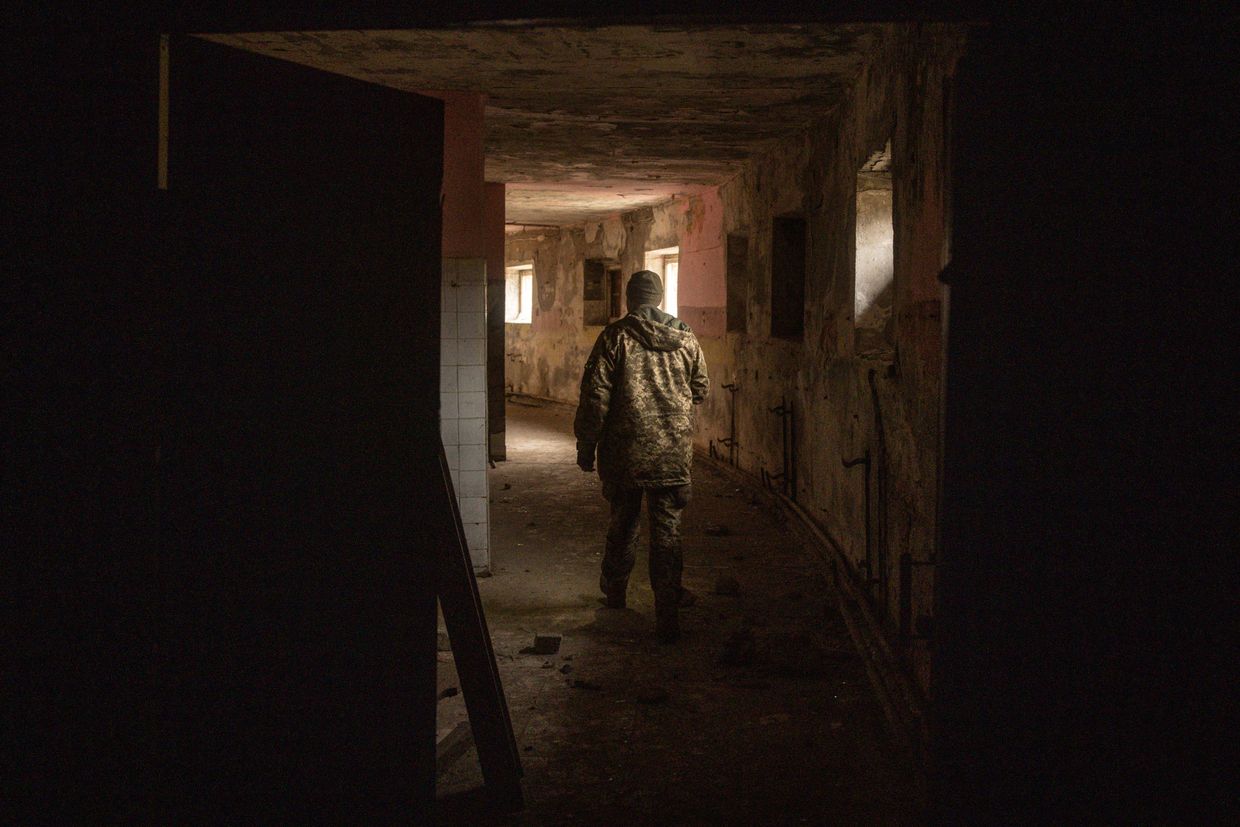The assault began around 2 a.m. on May 11, with Russian forces deploying 108 Shahed-type attack drones and decoy UAVs from multiple directions, Ukraine’s Air Force said.
Zelensky called a ceasefire the essential first step toward ending the war.
The number includes 1,310 casualties that Russian forces suffered over the past day.
"Think of the hundreds of thousands of lives that will be saved as this never ending 'bloodbath' hopefully comes to an end... I will continue to work with both sides to make sure that it happens."
"An unconditional ceasefire is not preceded by negotiations," French President Emmanuel Macron told reporters on May 11.
U.S. State Department Spokesperson Tammy Bruce called for "concrete proposals from both sides" in order for Washington to "move forward" in peace negotiations.
"If they speak to each other in Russian, he doesn't know what they are saying," one Western official told NBC News. Michael McFaul, former U.S. ambassador to Russia, called Witkoff's approach "a very bad idea."
Tougher sanctions "should be applied to (Russia's) banking and energy sectors, targeting fossil fuels, oil, and the shadow fleet," the leaders of Ukraine, the U.K., France, Germany, and Poland said in a joint statement.
"Russia is ready for negotiations without any preconditions," Putin claimed in an address marking the end of the three-day Victory Day ceasefire. He invited Ukraine to begin talks in Istanbul on May 15.
The American-made weapons cannot be exported, even by a country that owns them, without approval from the U.S. government.
While serving as a bishop in Peru, Robert Prevost, now Pope Leo XIV, called the full-scale war "a true invasion, imperialist in nature, where Russia seeks to conquer territory for reasons of power."
Speaking to CNN on May 10, Peskov commented on the latest ceasefire proposal from Ukraine and Europe, responding that Russia needs to "think about" it, but is "resistant" to pressure.
Speaking at a press conference in Kyiv on May 10, President Volodymyr Zelensky rebuked the idea of a demilitarized zone in the war and emphasized the importance of first securing a ceasefire.
Defense Ministry: Ukraine downs 13 Russian aircraft in February
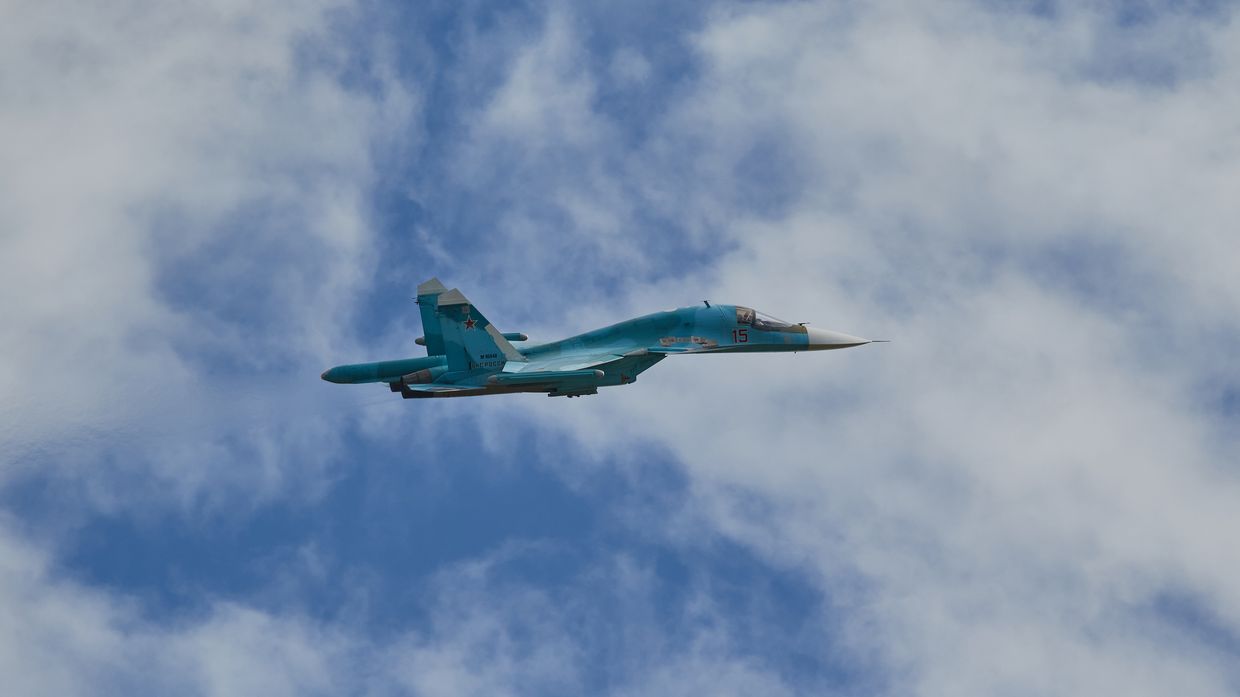
Ukraine's Armed Forces shot downed 13 Russian aircraft in February, the Defense Ministry reported on March 1.
This is the biggest number of planes Ukraine managed to destroy in a single month since October 2022, according to the ministry.
The 13 aircraft downed in February include 10 Su-34 fighter jets, two Su-35 fighter jets, and one A-50 early warning and control aircraft, the report said.
"We are grateful to our soldiers for their efficient work. And to our partners - for strengthening the air defense capabilities of Ukraine," the ministry said.
Earlier on Feb. 29 Ukraine shot down three Su-34 jets in a single day, Air Force spokesperson Yurii Ihnat confirmed to the Kyiv Independent. Each plane is estimated to cost around $36 million.
Russia has decreased the usage of A-50, as it lost two aircraft of this type in January and February, Ihnat said on television on Feb. 27.
One A-50 aircraft costs around $330 million.
According to the General Staff, Ukraine has downed a total of 345 Russian planes since the beginning of Russia’s full-scale invasion.

Most Popular
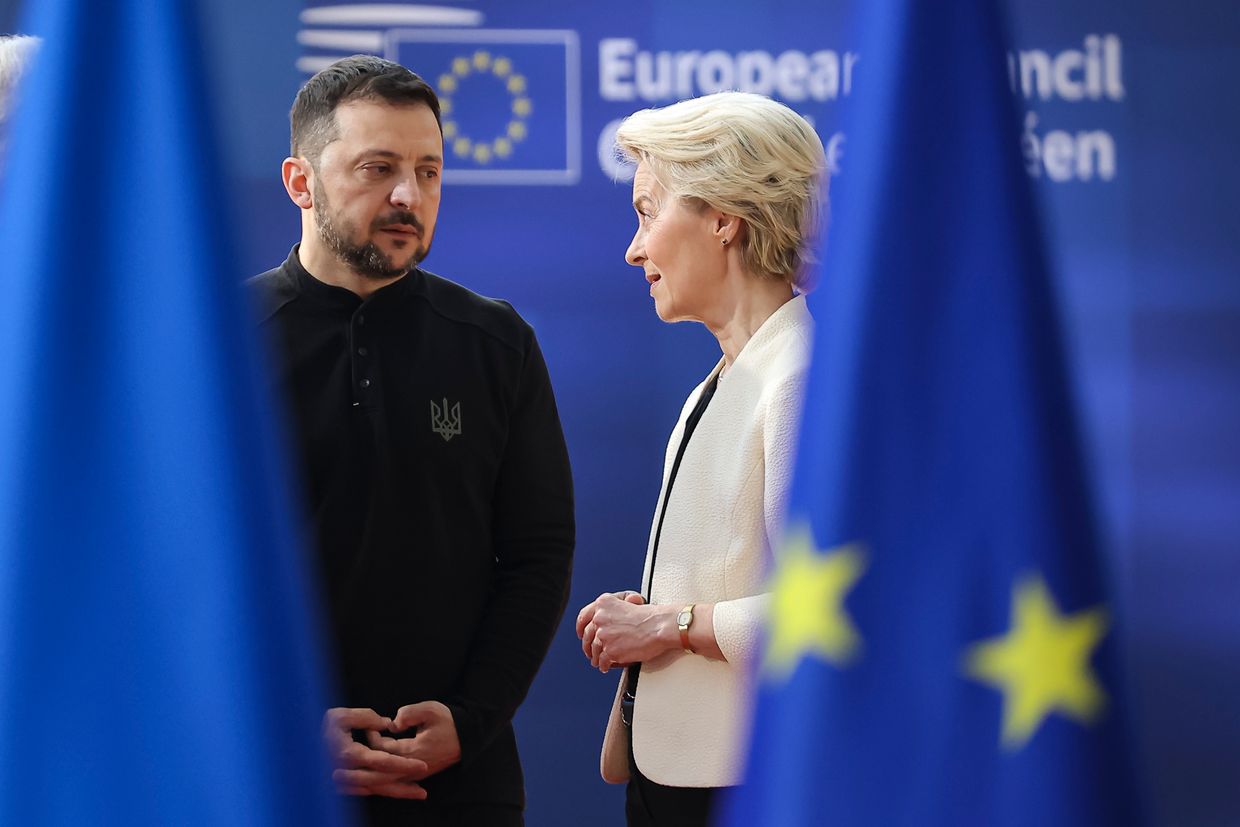
After 3 years of full-scale war in Ukraine, Europe announces plan to ban all Russian gas imports
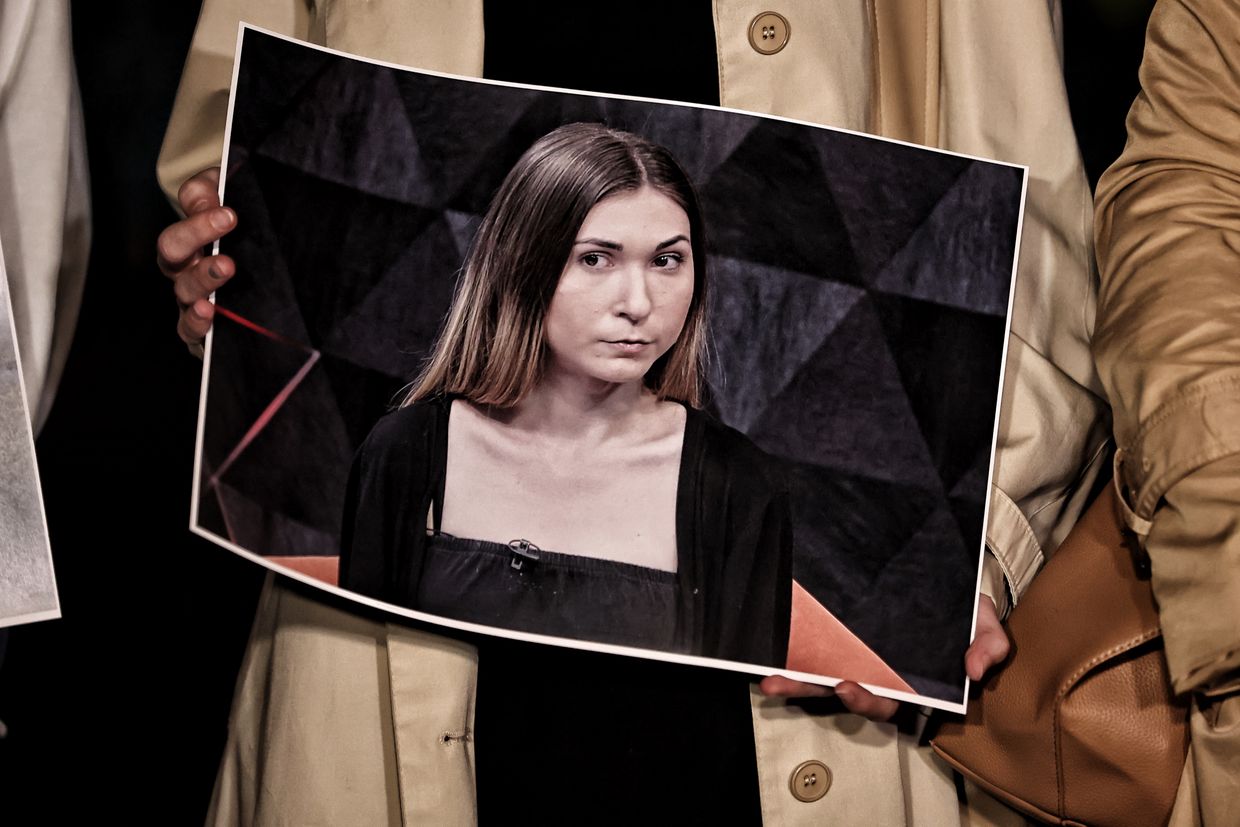
Journalist Roshchyna's body missing organs after Russian captivity, investigation says
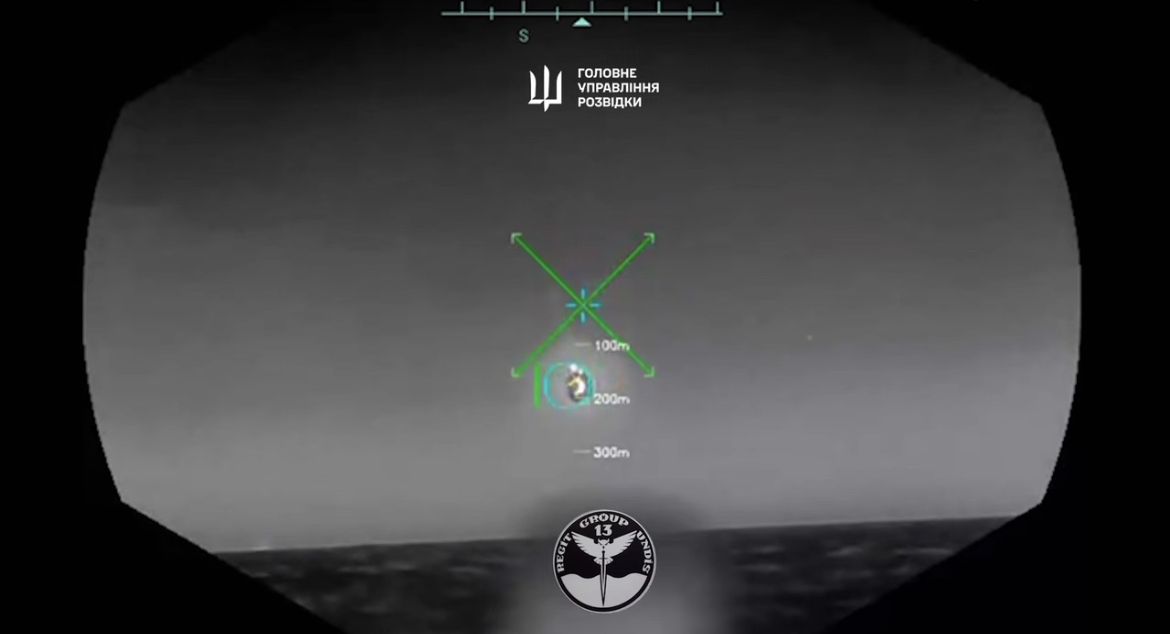
Ukrainian sea drone downs Russian fighter jet in 'world-first' strike, intelligence says
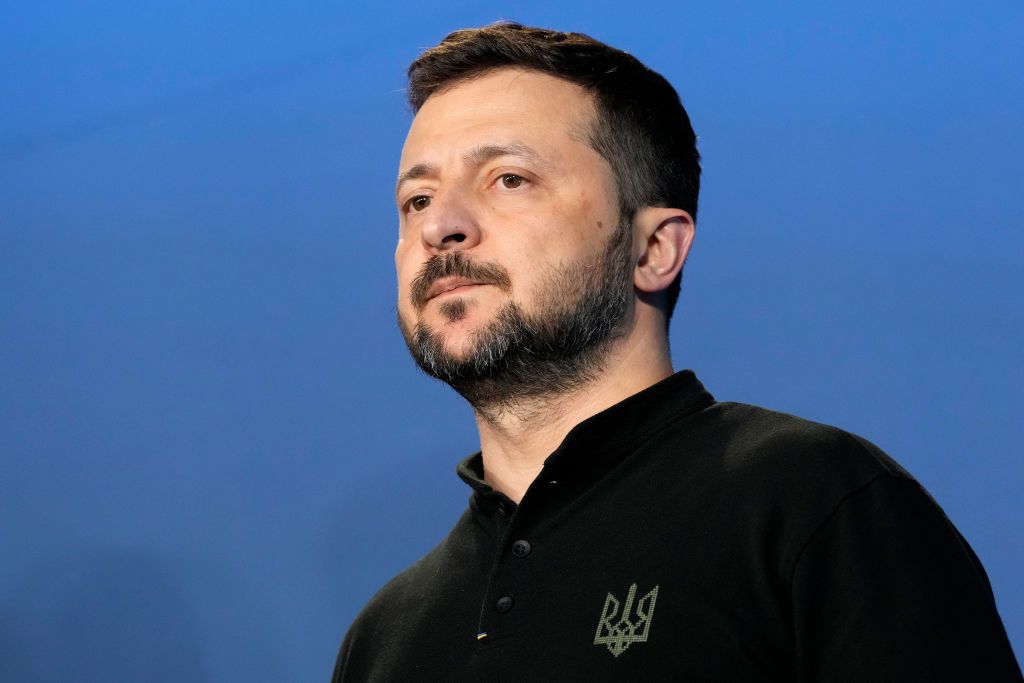
'Justice inevitably comes' — Zelensky on deaths of high-ranking Russian officials
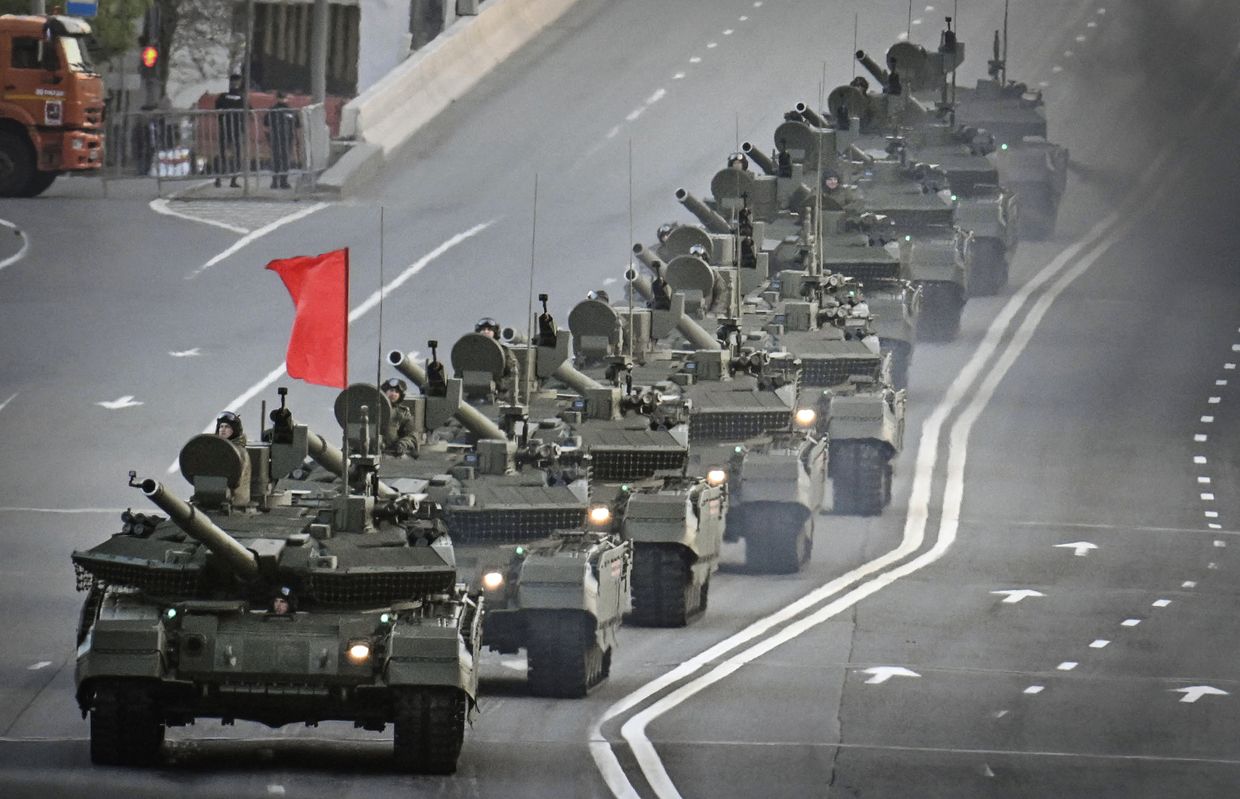
Ukraine is sending the war back to Russia — just in time for Victory Day
Editors' Picks
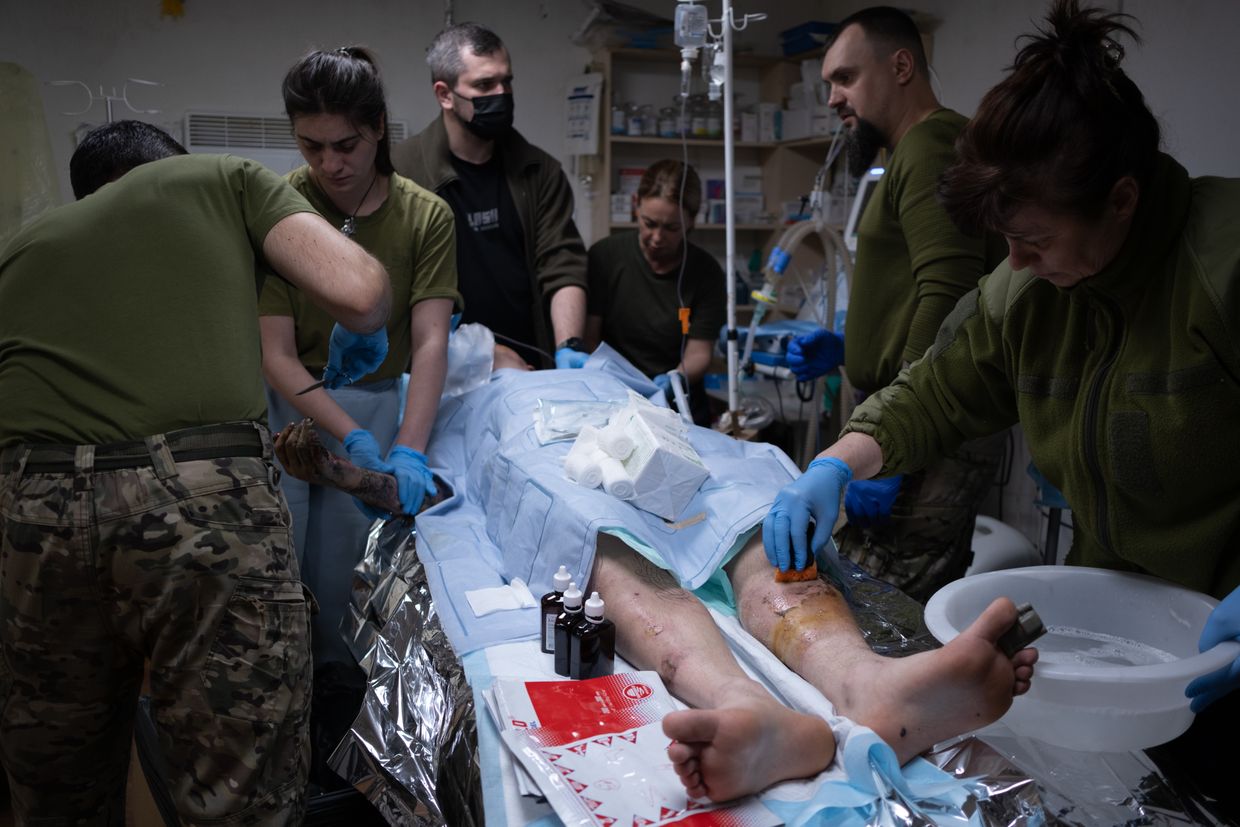
How medics of Ukraine’s 3rd Assault Brigade deal with horrors of drone warfare
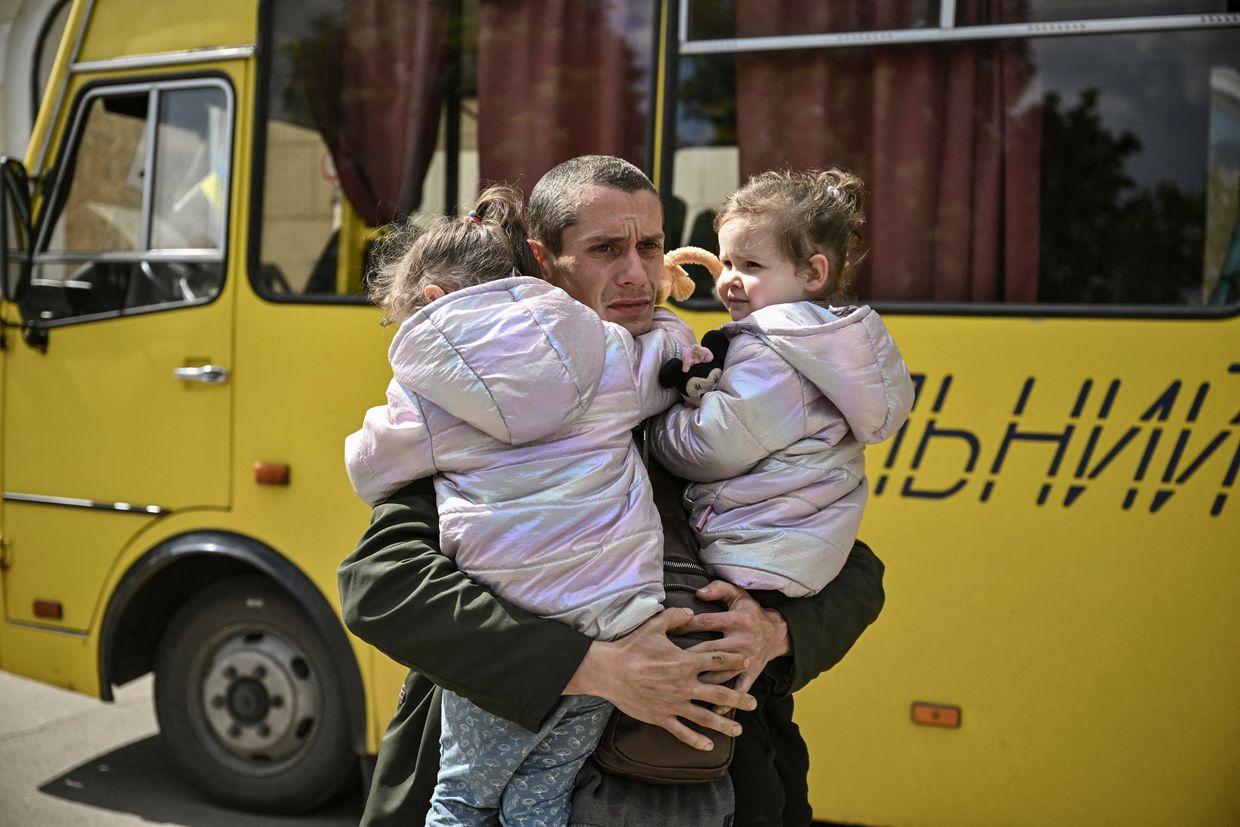
As Russia trains abducted children for war, Ukraine fights uphill battle to bring them home
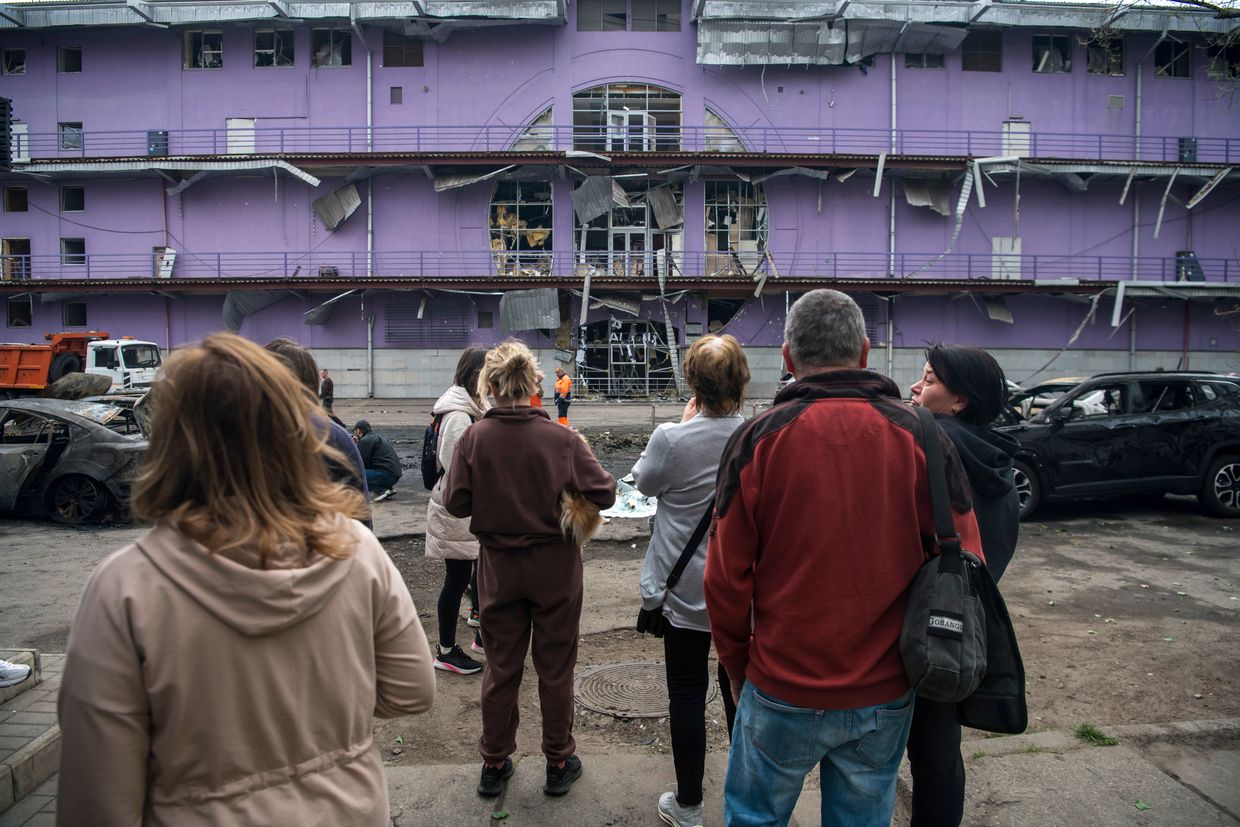
'I just hate the Russians' — Kyiv district recovers from drone strike as ceasefire remains elusive
